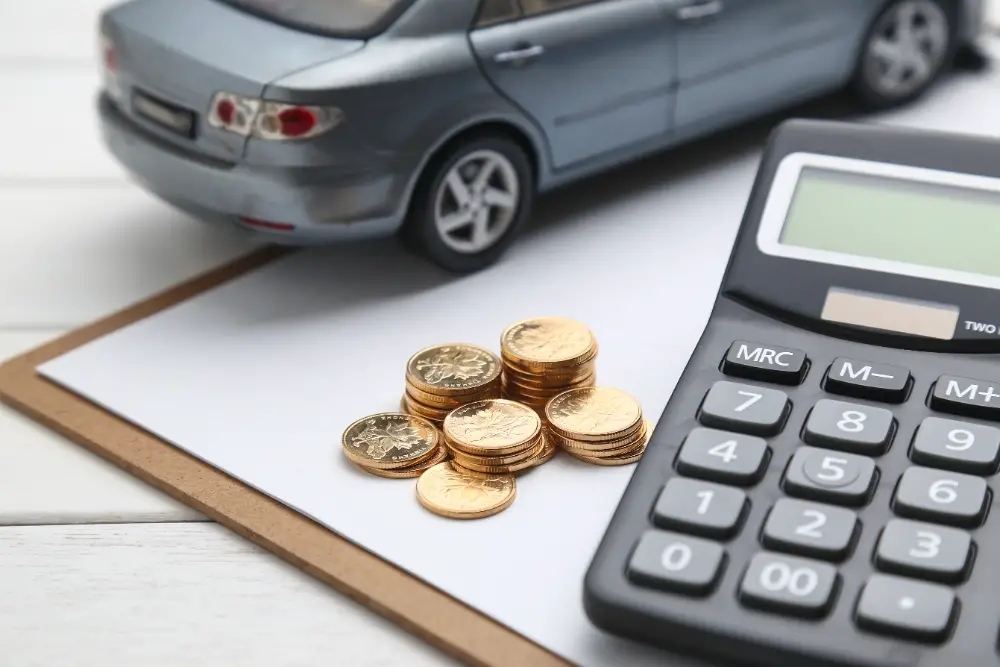Let’s face it: life has a way of throwing curveballs at us when we least expect it. Whether it’s that surprise car repair that costs more than your last dinner out or an unexpected medical bill that makes your wallet weep, having an emergency fund can be your financial lifesaver. In fact, a recent survey found that nearly 60% of Americans can’t cover a $1,000 emergency expense with their savings. So, if you’re feeling a bit anxious about your financial cushion, fear not! I’m here to guide you through 10 proven strategies to save money and build your emergency fund—one penny at a time.
Why You Need an Emergency Fund
An emergency fund is a stash of money set aside specifically for unforeseen expenses. Think of it as your financial safety net. It’s not for that new pair of shoes you’ve been eyeing or that spontaneous trip to the beach (though those are great too, just not from your emergency fund!). Aim for saving three to six months’ worth of living expenses. Why? Because life happens, and when it does, you want to be prepared. If you’re unsure how much cash you should ideally have saved, check out my article on How Much Cash Should I Have in My Emergency Fund?.
Strategy 1: Set a Clear Savings Goal
First things first: you need a target. How much should you aim to save? A good rule of thumb is to cover three to six months of your essential expenses, including rent, utilities, food, and transportation. Not sure what your monthly expenses are? Grab a pen and paper (or your favorite budgeting app) and jot down your costs.
For example, if your monthly expenses total $2,000, then your emergency fund goal should be between $6,000 and $12,000. Now that’s a nice safety net!
Strategy 2: Create a Budget
You can’t hit a target you can’t see! Creating a budget is crucial for understanding where your money goes each month.
One popular budgeting method is the 50/30/20 rule:
- 50% for needs (rent, groceries, bills)
- 30% for wants (dining out, entertainment)
- 20% for savings (including your emergency fund)
This approach ensures you’re saving while still enjoying life. Plus, knowing how much you can allocate each month makes it easier to prioritize your emergency fund. For more tips on budgeting without feeling deprived, check out my article on 10 Simple Ways to Save Money Every Month Without Feeling Deprived.
Strategy 3: Automate Your Savings
Let’s talk automation. Setting up automatic transfers to your savings account can make saving feel like a breeze. Choose a day each month (like payday) to have a set amount automatically transferred to your emergency fund.
You won’t miss what you don’t see! It’s like putting your savings on autopilot. Just imagine waking up one day and realizing you’ve saved a chunk of change without even trying. Sweet, right?
Strategy 4: Cut Unnecessary Expenses
Ah, the dreaded word: budget cuts. But don’t worry; it doesn’t mean you have to live like a hermit! Start by identifying areas where you can trim costs.
- Subscriptions: Review your monthly subscriptions. Do you really need five streaming services?
- Dining Out: Consider cooking at home more often. Not only is it cheaper, but you might discover your inner chef!
- Impulse Buys: Before making a purchase, ask yourself if it’s a want or a need. If it’s a want, sleep on it. You might find that you don’t need it after all.
Strategy 5: Use Cash Windfalls Wisely
Did you just receive a bonus at work or a tax refund? Instead of splurging on that new gadget, consider directing a portion (or all!) of it to your emergency fund.
For example, if you get a $1,000 tax refund, putting $500 into your emergency fund could give you a significant boost. Plus, it feels great to see your savings grow!
Strategy 6: Start a Side Hustle
If you’re looking for extra cash, why not start a side hustle? There are endless opportunities out there—freelancing, pet sitting, tutoring, or even selling handmade crafts online.
For instance, a friend of mine started a small graphic design business on the side. With just a few hours a week, she was able to contribute an extra $300 a month to her emergency fund. Talk about a win-win!
Strategy 7: Take Advantage of Savings Apps
In our tech-savvy world, there are apps that can help you save effortlessly. Apps like Digit and Qapital round up your purchases and save the spare change.
For example, if you buy a coffee for $3.50, the app will round it up to $4 and save that extra $0.50 for you. It may seem small, but those cents add up over time!
Strategy 8: Get Your Family on Board
Saving money doesn’t have to be a solo mission. Involve your family in your savings goals. Make it a fun family challenge to see who can save the most in a month. You could even set a family savings goal, like a vacation fund, and work together to achieve it.
Strategy 9: Reevaluate Your Insurance
Insurance can be a sneaky expense, but it’s worth taking the time to review your policies. Shop around for better rates or consider bundling your insurance (like home and auto) for discounts.
A simple phone call could save you hundreds of dollars a year, which you can then redirect to your emergency fund.
Strategy 10: Celebrate Small Wins
Lastly, don’t forget to celebrate your progress! Saving money can sometimes feel like a drag, so reward yourself for reaching milestones.
Maybe treat yourself to a coffee or a movie night when you hit your first $1,000 saved. It’s important to acknowledge your hard work and keep the motivation going!
Conclusion
Building your emergency fund might seem daunting, but with these 10 strategies, you’re well on your way to creating a financial safety net that will give you peace of mind. Remember, every little bit counts—so start today and watch your savings grow!
Whether it’s setting a clear goal, automating your savings, or getting the family involved, you’ve got the tools to succeed. Now, go out there and start building that emergency fund—you’ve got this!






